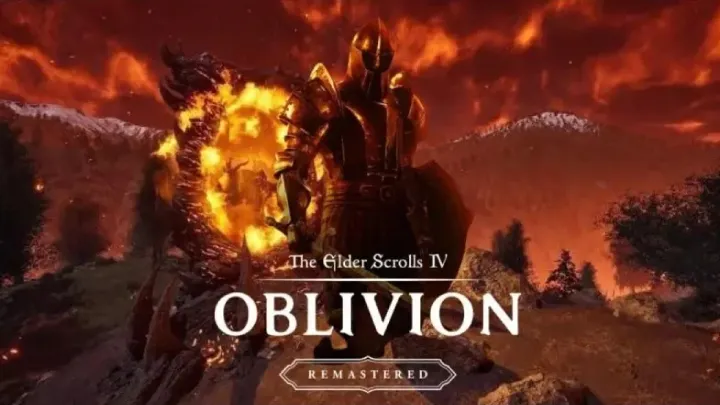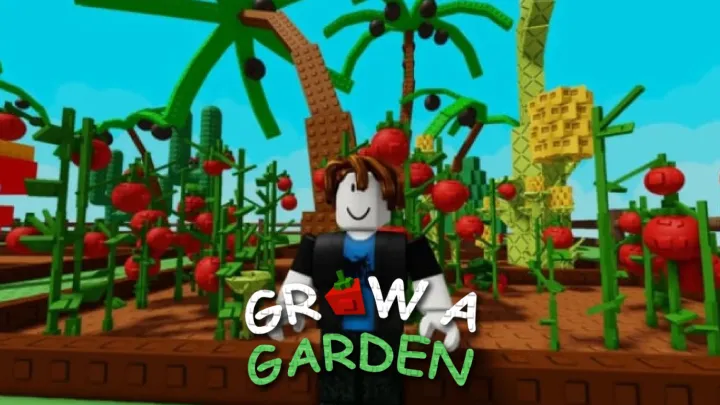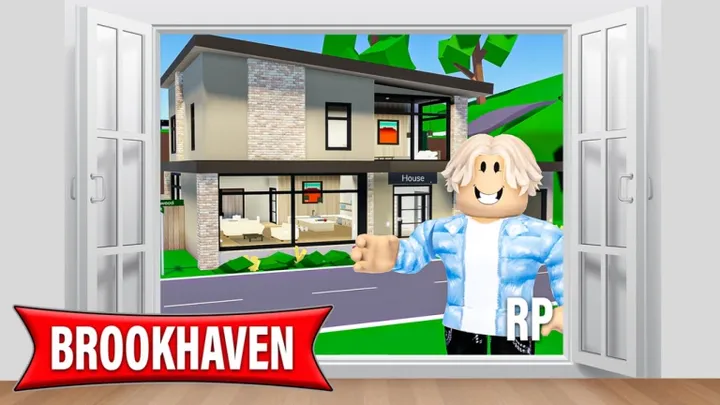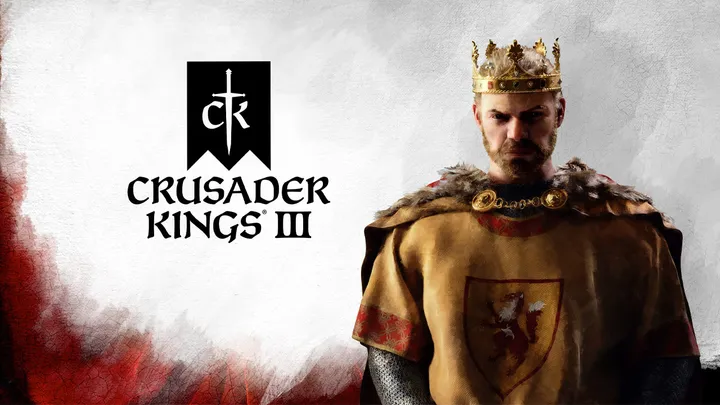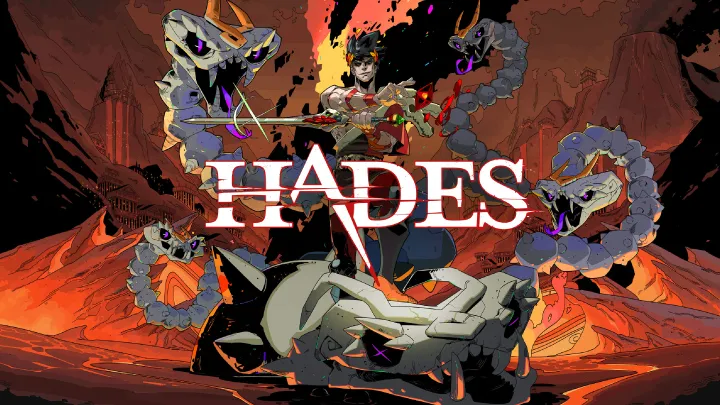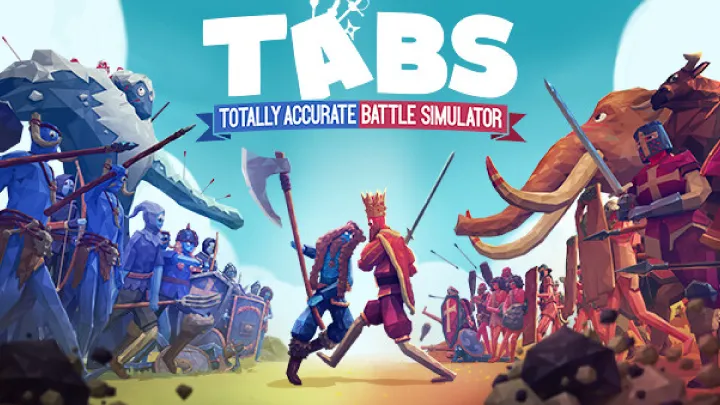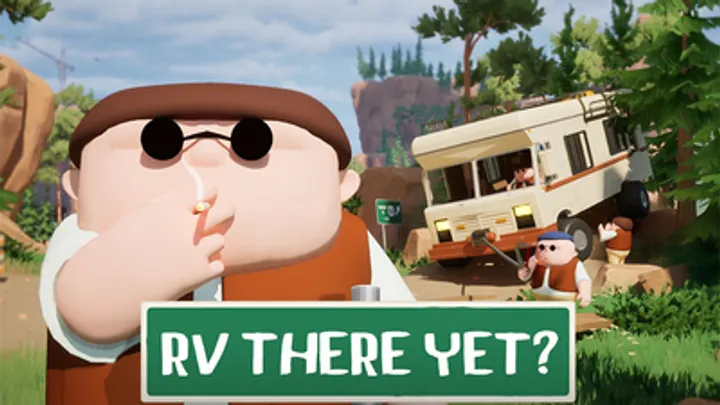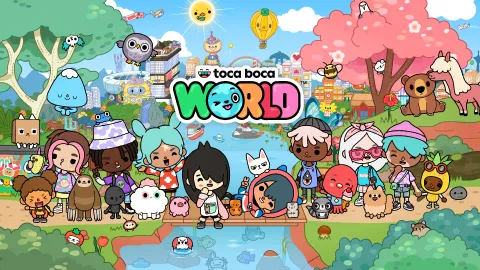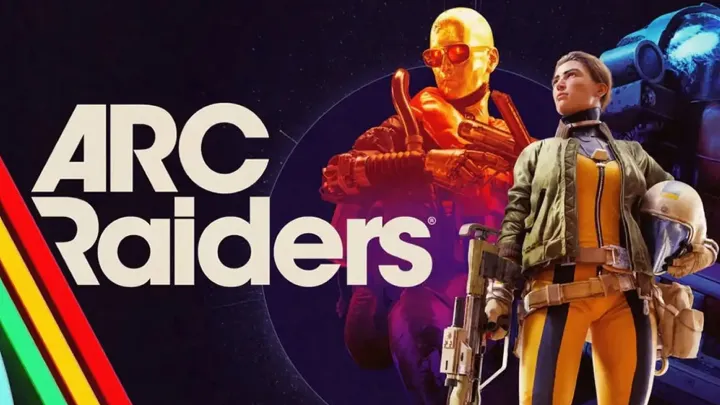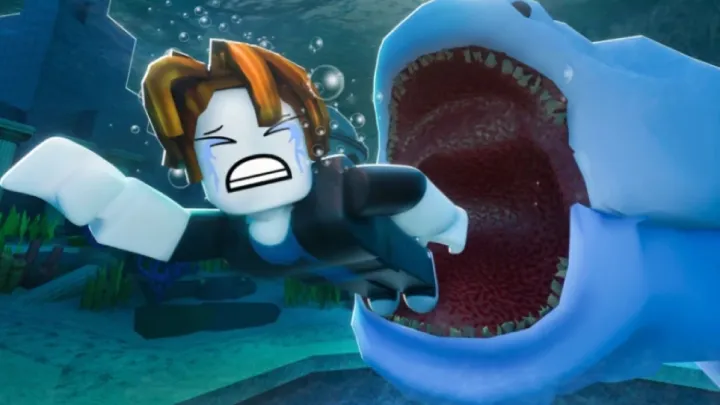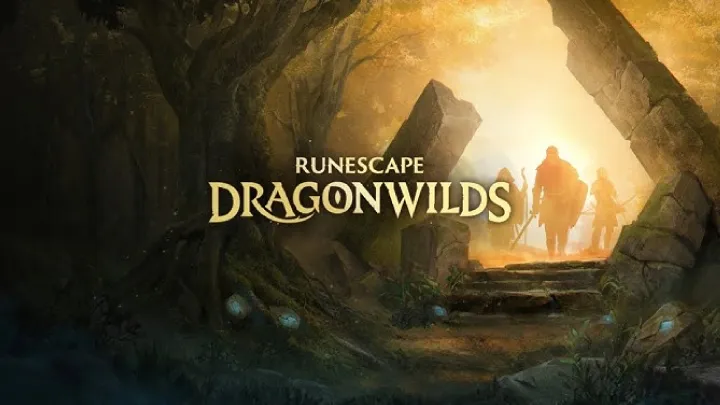Introduction
When Bethesda first launched The Elder Scrolls IV: Oblivion in 2006, it redefined what an open-world RPG could be. Now, with the Remastered Edition, the legendary fantasy adventure returns with upgraded visuals, enhanced performance, and modernized gameplay tweaks while still retaining the heart of the classic. For both long-time Elder Scrolls fans and newcomers, Oblivion Remastered is a chance to revisit (or discover) one of the most influential RPGs of all time in a polished, modern package.
Core Gameplay Loop
At its core, Oblivion Remastered continues the hallmark Elder Scrolls experience:
- Freedom of Choice: Players can follow the main questline, explore side quests, or simply wander through the vast provinces of Cyrodiil.
- Character Customization: Races, skills, and class systems remain deep, with more intuitive menus and improved progression tracking.
- Combat & Magic: Swordplay feels smoother, archery is tighter, and spellcasting benefits from refined animations and rebalanced mechanics.
The loop of explore, fight, loot, and roleplay remains addictive, but the remaster adds a layer of polish that makes every dungeon crawl and guild mission more engaging.
Presentation & Tone
- Visual Upgrade: The world of Cyrodiil has been rebuilt with HD textures, improved lighting, and dynamic weather systems. Forests feel lush, cities look alive, and dungeons are more atmospheric than ever.
- Audio Overhaul: The remastered soundtrack breathes new life into Jeremy Soule’s iconic score, while ambient sound design feels richer and more immersive.
- Tone: The game balances epic high fantasy with freedom for player-driven comedy, drama, or pure exploration—just as the original intended.
Strengths
- Massive World-Building: Cyrodiil is packed with quests, guilds, dungeons, and hidden treasures.
- Player Agency: Every choice affects the world, from guild memberships to moral decisions.
- Iconic Quests: Fan-favorite storylines like the Dark Brotherhood assassinations or Shivering Isles expansion return with enhanced presentation.
- Enhanced Visuals: Modern graphics make the world more believable without losing its charm.
- Mod Support: Full integration for mods ensures the community can push creativity even further.
Weaknesses
- Outdated Systems: Despite improvements, some mechanics (like NPC AI and dialogue delivery) still feel clunky compared to newer RPGs.
- Combat Depth: While smoother, melee combat remains less refined than modern action RPG standards.
- Quest Repetition: Some side quests still follow predictable patterns of fetch-and-kill.
- Performance Demands: High settings can strain lower-end PCs or older consoles.
Community Sentiment
The remaster has been welcomed warmly by Elder Scrolls veterans who view it as a long-overdue revival of a beloved classic. Newcomers appreciate the accessibility tweaks, while purists debate whether too much modernization risks losing the original’s soul. Modding communities, in particular, are thriving again, building fresh experiences on top of the remastered foundation.
Final Verdict
The Elder Scrolls IV: Oblivion Remastered strikes a careful balance between nostalgia and modernization. It’s still the same immersive, player-driven fantasy world that captivated gamers nearly two decades ago, but now it looks and plays like a modern RPG. For those who missed it the first time—or those who want to relive the magic—it’s an essential journey back to Cyrodiil.














































